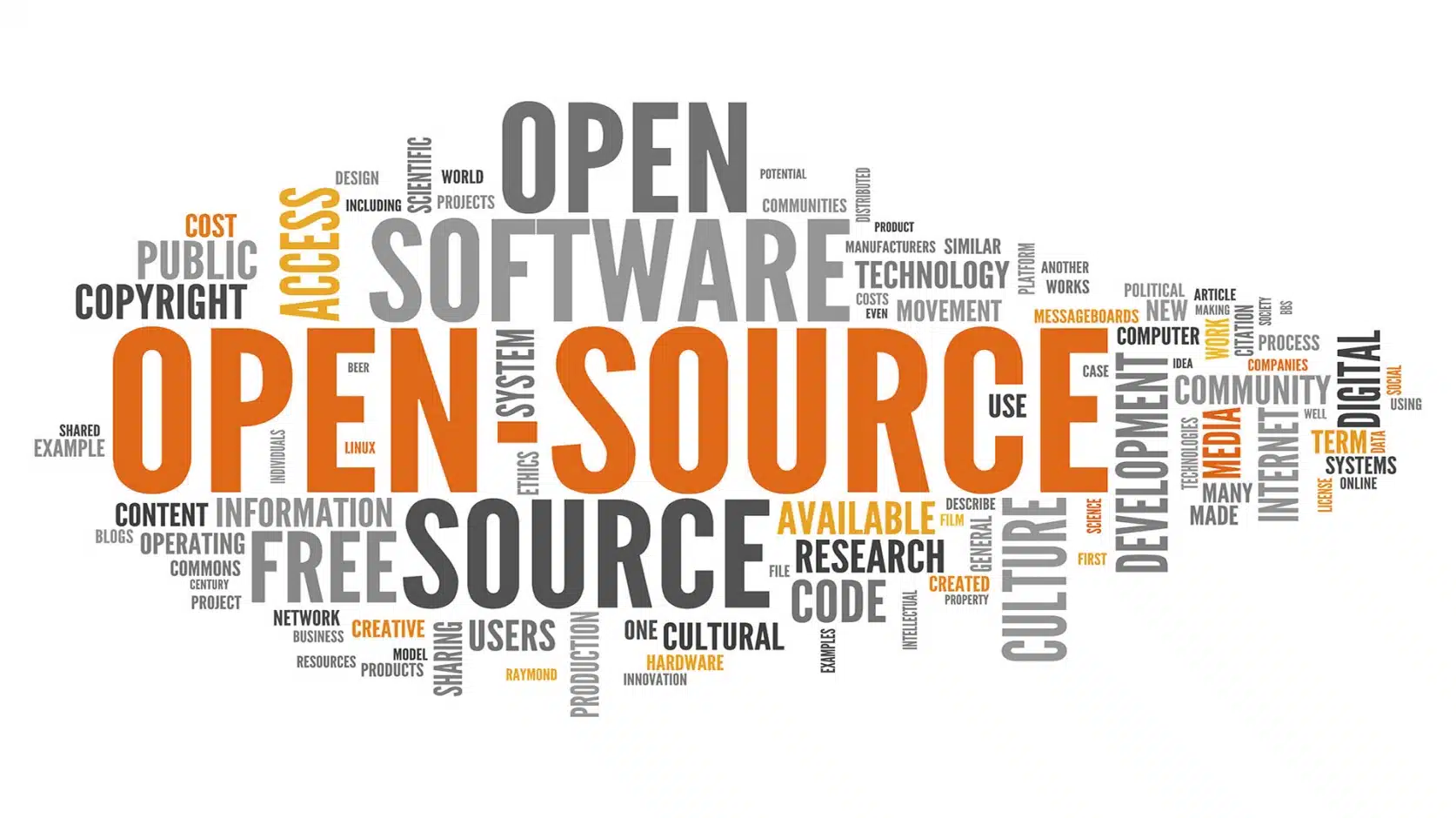
By Gregg Tahmisian, CEO
Throughout recessions and the pandemic, we have been held hostage by Unemployment Insurance (UI) systems that have been unfriendly to claimants, unable to respond to changing programs, and overwhelmed by demand.
What is wrong, and how can we fix it? One of the biggest answers is surprising, yet quite simple: state government software procurement.
This sounds like a str ange culprit, but how the government buys software determines what they get. Most of the painful symptoms (expensive systems, long wait times, fraud, state website crashes) go back to the lack of UI vendor competition generated by state procurement constraints. The federal government gives a total of $2.5 billion annually to states for administering their UI programs and periodically gives supplemental funds specifically for states to upgrade UI software. States use both the administrative funding and any supplemental funding to purchase and maintain their UI software infrastructure.
ange culprit, but how the government buys software determines what they get. Most of the painful symptoms (expensive systems, long wait times, fraud, state website crashes) go back to the lack of UI vendor competition generated by state procurement constraints. The federal government gives a total of $2.5 billion annually to states for administering their UI programs and periodically gives supplemental funds specifically for states to upgrade UI software. States use both the administrative funding and any supplemental funding to purchase and maintain their UI software infrastructure.
Despite funding infusions, many states keep operating their old 1980s-era mainframes – not because they love mainframes, but because to buy almost anything, state agencies must traverse their state procurement process. It has become so expensive, time-consuming, and risky to engage in a software procurement with a high chance of project failure, that states would rather hold on to antiquated systems than go through the process to replace them. Even for ambitious states, modernization procurement is an every-other-decade type of event – which is not good for the state or its citizens.
State procurement relies on goods and services being well-defined commodities that are easily compared on common characteristics and price. For instance, if a state wants to buy tires for police cruisers, they can specify a precise, well-understood specification of “275/60VR17 M+S” that multiple vendors could quickly meet. Typically, the company that supplies these exact tires at the lowest price will win the contract. That works for tires.
Unfortunately, states generally must use the same process when buying software, but it doesn’t work nearly as well. First, it requires the state to create a list of desired features to evaluate different products. For UI procurements, this list of features can be several thousand entries. The state must come up with precise definitions and ways to compare products on each feature. States often spend years writing procurement requirements and evaluating the vendors against criteria the state may not understand.
State procurements are typically “all-or-nothing.” When states want to modernize their UI systems, they require vendors to supply an entire, very complex system. UI systems consist of many intricate parts; the parts are separate but need to talk to each other and function holistically. These all-or-nothing procurements require vendors to be experts at delivering all the pieces and discourage vendors from participating unless they can deliver a complete system. There are only a few companies in the nation that can deliver an entire system.
Given all this complexity, the solution might be straightforward: Federal government procurement with defined, recurring state spending allocations. A streamlined procurement process would deliver greater competition, leading to faster upgrades, more choices, lower cost, and better service. This is where the
federal government can show real leadership. Procurement is one structural problem that can only be solved at the Federal level.
Fortunately, Senators Wyden and Bennet introduced a UI modernization bill that includes developing centralized infrastructure – an “open, modular platform.” It is possible to provide this type of flexible shared platform which defines each module necessary to run the system while still allowing states to choose which modules they want to plugin. By defining the interfaces, states can choose different modules from different vendors. This takes away the all-or-nothing aspect of procuring a UI system. By developing this open, modular platform, the federal government can encourage a vendor ecosystem based on modules rather than based on a giant “UI system.” Many vendors could compete to produce smaller, high-quality modules, leading to greater competition, better features, service, and lower prices.
This would be a great start – but it must go further. The federal government also needs to give each state a UI spending allowance to purchase any of the approved modules on the federal platform – without having to go through a separate, onerous state procurement process for each. By identifying approved modules and providing a state UI module spending allowance rather than direct cash, the federal government can save the states years of wasted time and millions in wasted dollars.
The federal government can lead change in this area and better achieve its mission of ensuring that the UI program works correctly, while still allowing significant flexibility for the states.





